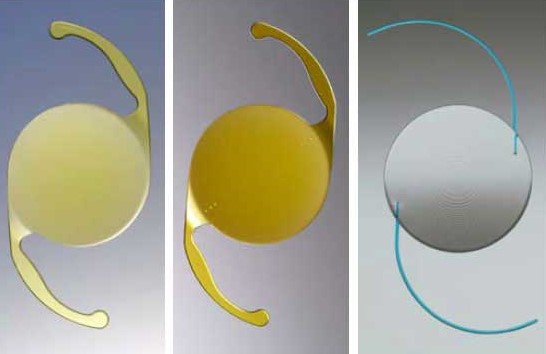Opting for lens implants for cataract surgery may also help correct other refractive problems. Dr Melissa Wong, Head & Senior Consultant, Cataract & Comprehensive Ophthalmology Department, Singapore National Eye Centre (SNEC), explains more.
Mr Lee, a retiree and an avid golfer first started having "slightly poorer vision" four years ago. He could still carry on with his daily activities and did not see the need for an operation. However after a year and a half, he had difficulty driving and while playing golf, he missed his swings.
"It was like seeing smoke in front of you all the time and it was uncomfortable" he said.
Finally, he underwent surgery last year and was pleasantly surprised to learn that not only could he have his cataracts removed, he could also correct his myopia( short sightedness), astigmatism, and near vision (presbyopia) at the same time.
No need for spectacles
Mr Lee had premium multifocal lenses inserted into his eyes, one at a time, two weeks apart. After the procedure, he was able to do away with his progressive spectacles, which he had worn for 10 years. "My eyesight is almost perfect now. The best part is that I don’t need to wear specs anymore," he said.
He does, however, see halos around lights at night, but is not bothered by it. "I've no regrets and have recommended it to quite a few friends. My friends joke that I have gotten my swing back!" he said.
Mr Lee is among a growing number of cataract patients at
Singapore National Eye Centre (SNEC) who have opted for premium intraocular lens implants. In cataract surgery, the cloudy film that blurs vision is removed and a lens implanted. Those who needed spectacles previously may be able to give them up after getting the lenses.
Lenses that multitask
In recent years, cataract operations have become not just about removing cataracts. Premium (non-standard) lenses allow for other conditions like myopia (short sightedness), presbyopia (near vision) and astigmatism to be fixed at the same time during these operations.
Premium lenses are the result of the convergence of both cataract and refractive surgery technologies. This worldwide trend has made these procedures more convenient, and provides opportunities for patients to improve their vision and become spectacle-free.

Premium lenses such as the above may enhance visual outcomes of cataract surgery by correcting astigmatism, myopia, long-sightedness (hyperopia) and near vision (presbyopia).
According to
Dr Melissa Wong, Head & Senior Consultant from the
Cataract & Comprehensive Ophthalmology Department at
Singapore National Eye Centre (SNEC), a member of the
SingHealth group, 11 per cent of the 10,500 cataract procedures performed each year at SNEC involve the use of premium intraocular lens implants. "These non-standard lenses enable a surgeon to offer patients the option of targeting good distance vision by correcting their myopia and astigmatism, as well as markedly reducing their dependence on reading glasses by correcting their presbyopia," said Dr Wong.
Very small incisions
The incision allows surgeons to better control post-operation astigmatism, enhancing the performance of the premium IOL. Lens materials have also improved, resulting in lenses that can now be scrolled up and slid through very small incisions, before opening to full size in the eyes.
This ability to remove cataracts through increasingly small incisions has made cataract surgery safer for patients.
Not for everyone
Dr Wong cautioned that not everyone will benefit from these premium lenses and that total spectacle independence will not be possible for some patients, as the outcome depends on individual eye conditions.
For instance, monofocal and toric intraocular lenses can be used for any eye condition, including those with astigmatism. However, implants with multifocal components are reserved for eyes which are perfectly healthy except for cataracts. "The decision is based on the patient’s eye condition, visual needs, lifestyle and cost," added Dr Wong.
Premium lenses (non-standard lens) are also generally priced higher, depending on the type of lens. The cost of cataract operations can be claimed from Medisave and, depending on the particular policy one subscribes to, health insurance may cover this procedure for any type of lens.
Ref: H24
